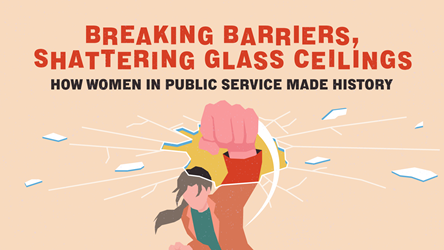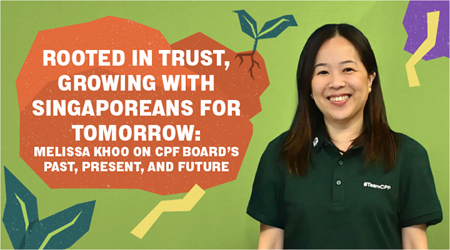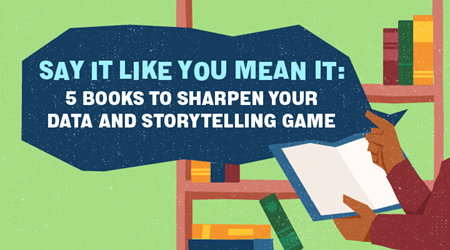This Hive's Got IT: Working Differently At The Government Digital Services
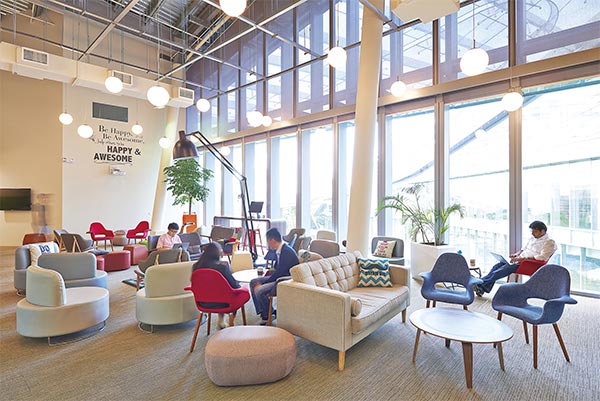
At Hive, home to the Government Digital Services (GDS), some 100 designers, software engineers and data scientists are working together, all to produce and refine government websites and apps for services that increase convenience for citizens.
The GDS is part of the Government Technology Agency (GovTech), a new statutory board that will be officially legislated in October. Spun off from the Infocomm Development Authority of Singapore (IDA), GovTech will leverage data and technology to deliver better services for citizens and businesses.
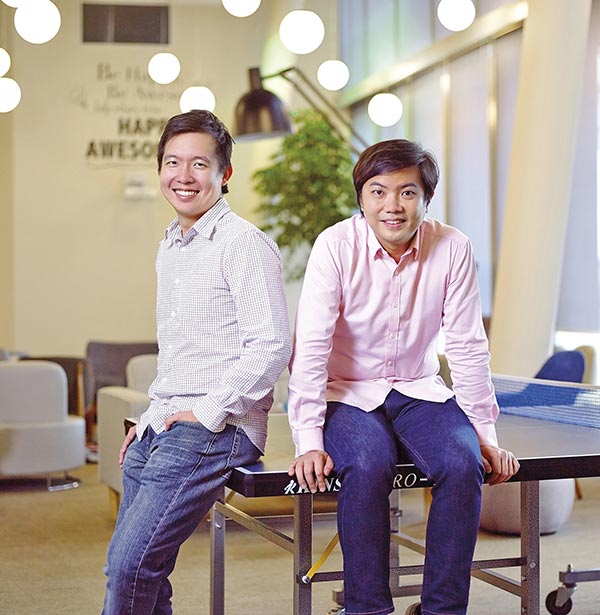
Since starting out with about 20 staff in 2014, the GDS has produced apps such as OneService for the Municipal Services Office and Beeline with the Land Transport Authority. It also overhauled the government data portal to include eye-catching data visualisations, and uses analytics to measure the success of public service campaigns.
To support the recruitment of talent with the necessary skills, the GDS employs an unusual method: coding competitions. The top three winners of the IDA’s HackerTrail challenge, also “won” the opportunity to apply their tech skills to contributing to public good. All three joined the GDS in February 2015.
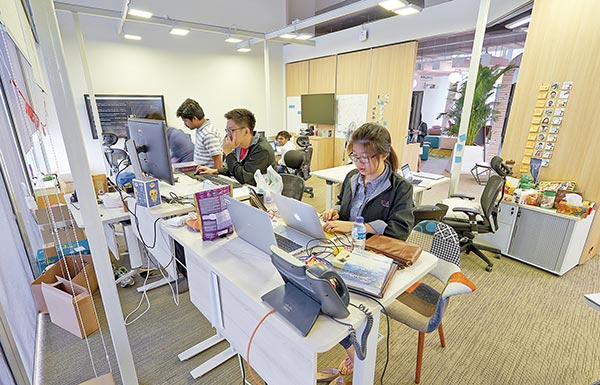
And having design, coding and analytics expertise under one roof speeds up project development, compared with outsourcing to vendors. Ms Chua Hui Hwa, Head of Projects, says: “With in-house specialists, we can perform much more efficiently as this helps to speed up communication, foster closer working relationships and creates opportunities for continuous collaboration.”
Space and speed
Hive’s interior design is partly inspired by cafes and the creative conversations and ideas that often originate in them. The common space filled with cosy chairs is really a conference room — “just without walls” — says Mr Mark Lim, Director of Product Design and Development & Emerging Tech at the GDS.
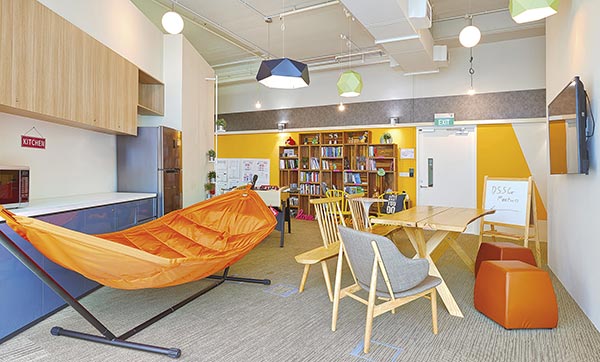
Past that and the glass dividers (on which wild ideas and motivational quotes are scribbled), is a messier lived-in workspace. Staff sit or stand at their height-adjustable mobile desks and are grouped into cross-functional “project squads”. Charts of Post-its show the roles of members in each squad, ranging from “developer” to “digital strategist”.
To manage projects, they use Scrum, a method of Agile development that aims to develop products in small stages with quick feedback at every stage.
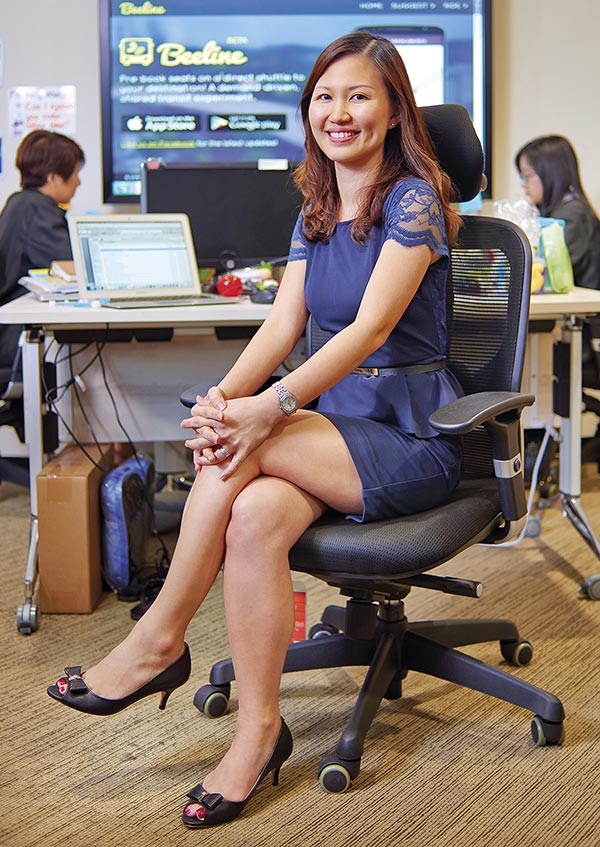
“We don’t try and build the most wonderful comprehensive app that has everything. We start with something small that serves as a journey, and work to improve it,” explains Mr Liu Feng Yuan, Director of Data Science Division at the GDS.
Project teams regularly meet with “stakeholders”, the public agencies they develop services for. Every two weeks or so, the teams have internal meet-ups called “sprints” to share updates and exchange feedback.
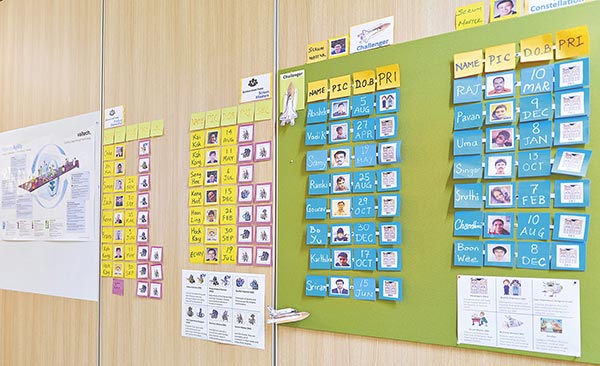
The fast-paced environment and open spaces at the GDS are conducive to software development, and common to start-up culture. It is also a way of drawing younger engineers, coders and designers who otherwise tend to perceive the public sector as bureaucratic.
User experience designer Chew Kia Hwee, who worked at a US tech start-up before joining the GDS, says: “The hierarchy is flat. Culture-wise, it’s very much like working in San Francisco.”
Around the office, there are large monitor screens or “dashboards” that display the progress of projects and even the photos of the persons in charge of specific tasks. At a glance, anyone can know the status of tasks within a project.
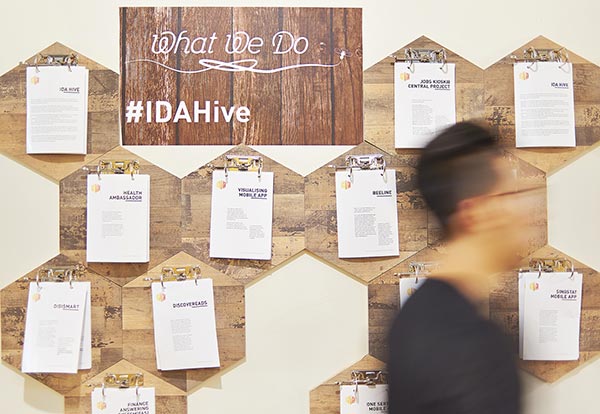
“It’s a self-managed culture where you’re given the freedom to manage your time and priorities,” says software developer Lim Zui Young. “The trust from our supervisors propels us to be even more motivated to excel.”
To spur creativity through interaction and perk up developers who often spend long, late hours at work, Hive has recreational amenities for staff to take a break and recuperate.
Understanding user needs
Hive also has a Design Experience Lab where product prototypes undergo user testing. The Lab, equipped with screens that have cameras and eye-tracking technology, allow GDS designers to observe users trying out versions of their products from behind a one-way mirror.
“We get to record their expressions and observe their pain points,” says Mr Chew. “Most usability issues are found by observing user behaviours and how they interact with the products or prototypes, not from what they say they like.”
The data from user experience testing and other verbal feedback is used to quickly refine e-citizen services. The information also helps to convince stakeholders who are uncertain about proposed changes to the service being developed.
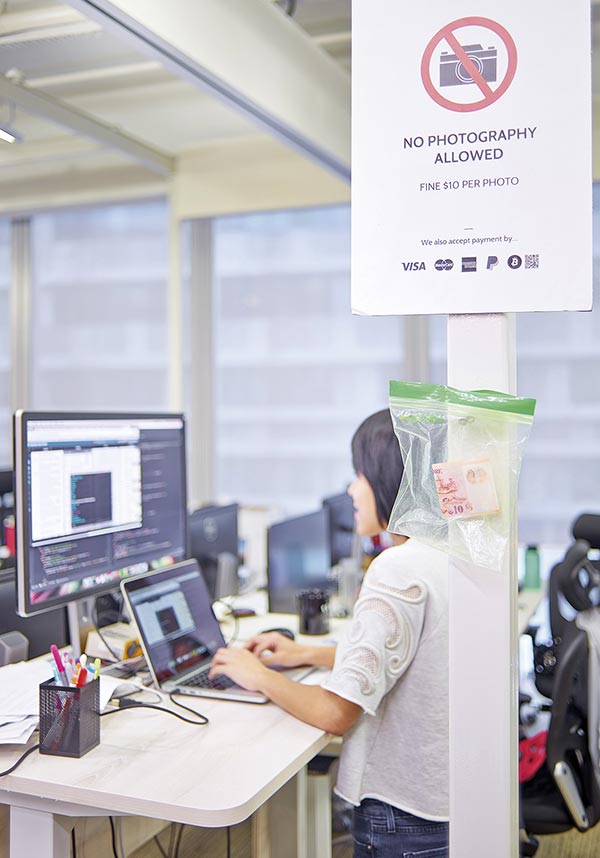
To source users for testing, the GDS taps the stakeholder’s pool of contacts. For the Singapore Civil Defence Force’s myResponder app, for instance, the users could be its volunteers who are trained in CPR. The idea is to tap users who are already invested to give feedback.
“When it comes to Smart Nation, it’s all about the people,” says Mr Mark Lim. “The technology alone can’t do much. Technology is only useful for a purpose — to improve the experience of emergency medical services, or municipal services.”
To that end, Hive is also a space for the wider tech community. Meet-ups have been held after office hours to explore the use of augmented and virtual reality. Who knows what the next tech-enabled public service might be?
Have an idea for improving public service delivery with technology? Contact the GDS Directors to see how you can work together to make it happen.
- POSTED ON
May 11, 2016
- TEXT BY
Siti Maziah Masramli
- PHOTOS BY
Roy Lim





